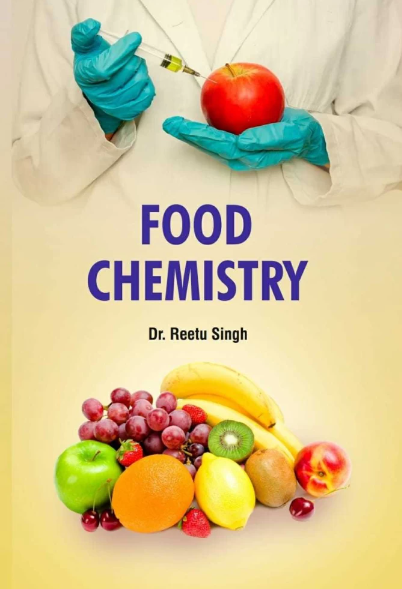Investigation of the protective mechanisms of liquid nitrogen spray freezing and TGase cross-linking on the structural characteristics of surimi gels during frozen storage
IF 8.5
1区 农林科学
Q1 CHEMISTRY, APPLIED
引用次数: 0
Abstract
This study explored the mechanism of liquid nitrogen spray freezing and transglutaminase cross-linking in maintaining surimi gels' structure during storage. Results revealed that structure changes were, on the one hand, related to the growth and recrystallization of ice crystals during storage. Low cross-linking gels with air freezing exhibited minimum value after 20 days of storage, with hardness decreasing by 38.02 %, while −80 °C liquid nitrogen spray freezing combined with 62.99 % cross-linked effectively preserved structure by maintaining uniform ice crystal distribution and preventing microstructural fractures, limiting the hardness decrease to 18.32 %. On the other hand, structure changes were closely associated with protein variations. There were 766 differential proteins identified in the CKb vs. CKa comparison. The enhanced texture retention of 62.99 % cross-linked during storage, in contrast to low cross-linked gel, was probably associated with higher concentrations of structural proteins like A0A3N0XRS8 and A0A3N0YCS0 as well as calcium-related proteins like A0A3N0XCW2 and A0A3N0Y0G9.

求助全文
约1分钟内获得全文
求助全文
来源期刊

Food Chemistry
工程技术-食品科技
CiteScore
16.30
自引率
10.20%
发文量
3130
审稿时长
122 days
期刊介绍:
Food Chemistry publishes original research papers dealing with the advancement of the chemistry and biochemistry of foods or the analytical methods/ approach used. All papers should focus on the novelty of the research carried out.
 求助内容:
求助内容: 应助结果提醒方式:
应助结果提醒方式:


